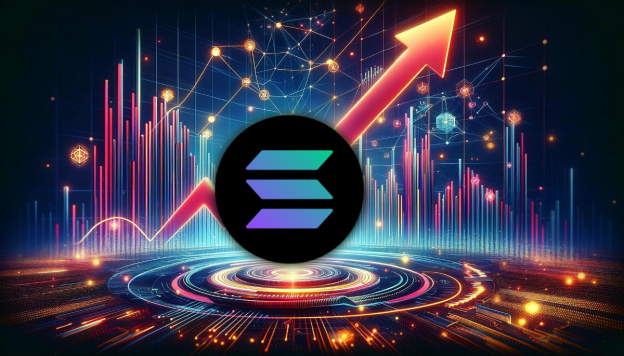
SOL's technical architecture is the key to its success. Its core components include Proof of History (PoH), Tower BFT consensus algorithm, Turbine protocol, Gulf Stream protocol, Sealevel runtime, Pipelining mechanism, Cloudbreak database and Archivers storage solution. Each component has contributed to improving Solana's performance and scalability, ensuring that it becomes one of the most promising blockchain platforms.
Proof of History (PoH)
PoH is one of Solana's core innovations. Traditional blockchain consensus mechanisms usually rely on timestamp servers to determine the chronological order of transactions, while PoH records the order of events by generating a continuous hash chain. The hash value in each hash chain contains the previous hash value, forming an unalterable historical record. This approach not only improves the processing speed of transactions, but also ensures the security and decentralization of the network.
Tower BFT consensus algorithm
Tower BFT is an efficient consensus algorithm based on PoH. It uses the timestamp provided by PoH to reduce the computational overhead of consensus, thereby speeding up the consensus. Tower BFT is optimized on the basis of the traditional Byzantine fault tolerance algorithm, which can improve the throughput of the network while maintaining high security.
Turbine Protocol
Turbine is an optimized block propagation protocol designed to increase the speed of block distribution in the network. It splits blocks into smaller data packets and distributes them in a tree structure, so that data can be efficiently propagated to every node in the network. The introduction of Turbine significantly reduces the bandwidth requirements of the network and improves the efficiency of data transmission.
Gulf Stream Protocol
Gulf Stream is a transaction forwarding protocol that increases the processing speed of transactions by forwarding transactions to validator nodes in advance. When a transaction is generated on the client, Gulf Stream sends it directly to the validator node instead of waiting for the block producer to package the transaction into a block. This method reduces the waiting time for transactions and increases the confirmation speed of transactions.
Sealevel Runtime
Sealevel is Solana's smart contract execution environment that supports parallel processing. Traditional smart contract execution environments usually use single-threaded processing, resulting in limited processing speed. Sealevel supports parallel processing and can execute multiple smart contracts at the same time, greatly improving the execution efficiency of smart contracts.
Pipelining mechanism
Pipelining is a pipeline processing mechanism designed to improve the processing efficiency of transactions. Pipelining breaks down the transaction processing process into multiple stages and assigns the tasks of each stage to different processors to achieve parallel processing. With this approach, Solana is able to process a large number of transactions in a short period of time, significantly improving the throughput of the network.
Cloudbreak database
Cloudbreak is Solana's high-performance ledger storage solution that supports horizontal expansion. Traditional blockchain ledger storage usually uses single-node storage, resulting in limited storage performance. Cloudbreak achieves horizontal expansion of storage by sharding ledger data on multiple nodes, thereby improving the storage performance and scalability of the ledger.
Archivers storage solution
Archivers is Solana's distributed storage system for storing historical data. Traditional blockchain networks usually require all nodes to store complete historical data, resulting in increasing storage requirements. Archivers store historical data in multiple storage nodes in a sharded manner, reducing the storage burden on each node and improving the network's storage efficiency.
Conclusion
Solana's technical architecture consists of multiple innovative components, each of which plays an important role in improving the performance and scalability of the network. Through these innovative technologies, Solana has become a high-performance, scalable blockchain platform that provides strong support for decentralized applications and financial services. In the future, Solana will continue to promote technological innovation and ecosystem construction, and make greater contributions to the development of the blockchain industry.